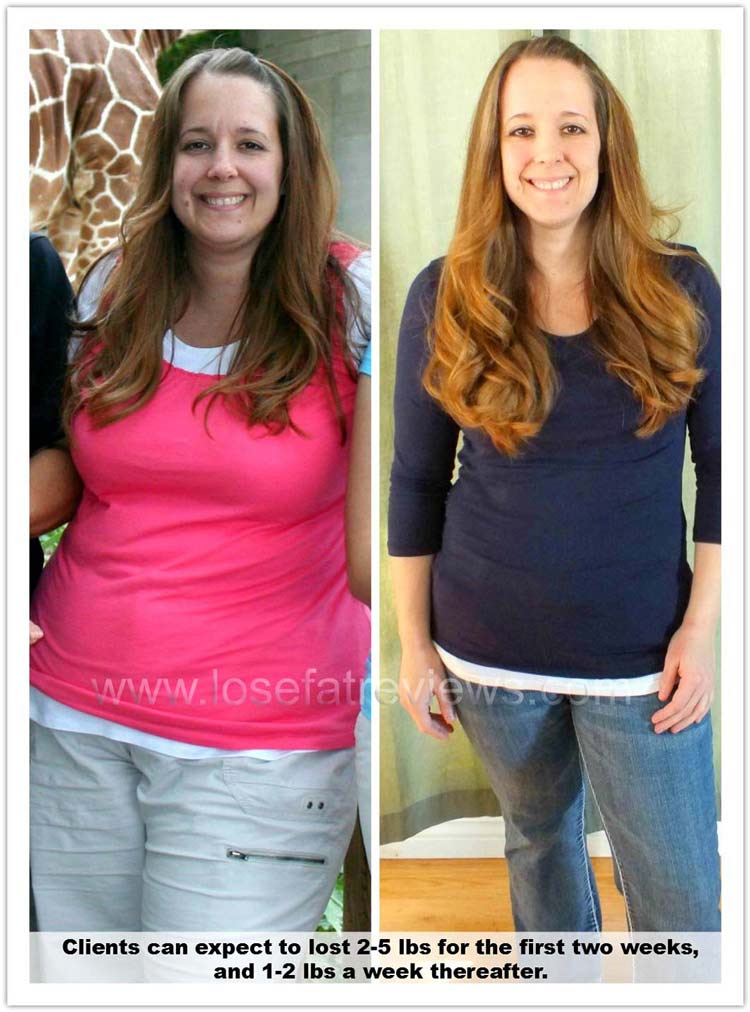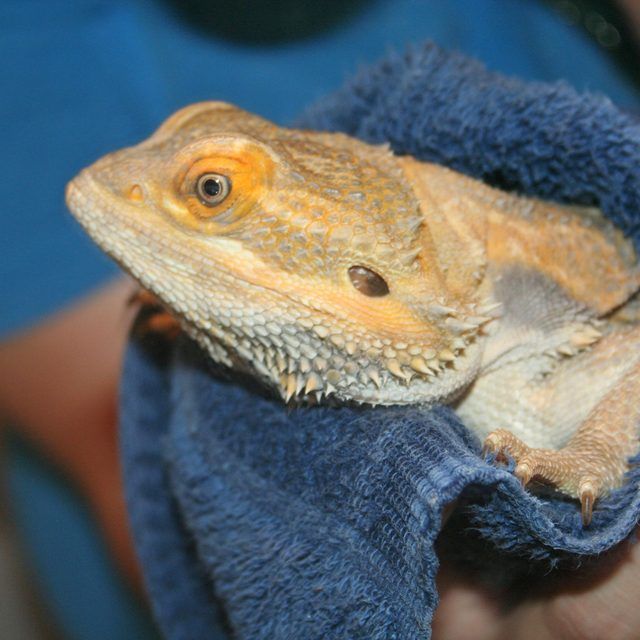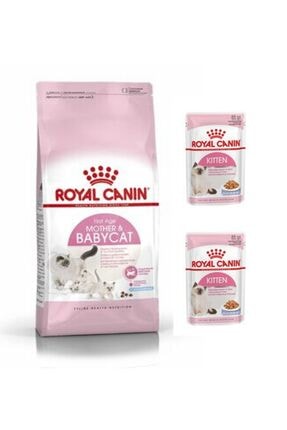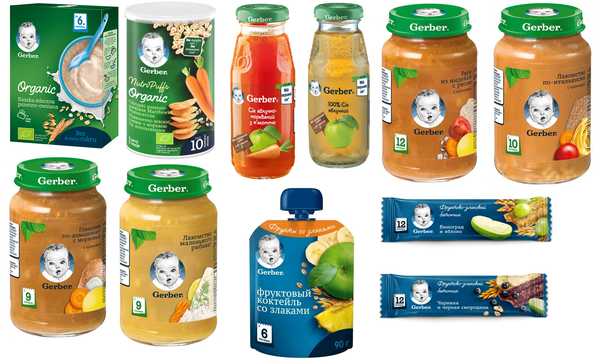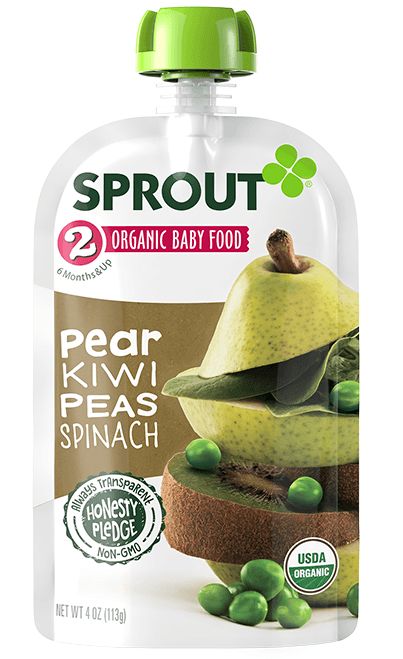Food baby before and after
14 Intense Food Baby Photos That Will Shock You
You know when you come across a really delicious meal, and it’s so good that you pretty much gorge on it? Like, you just keep eating and eating until it’s actually a little painful to continue, and by the time you’re done, you’re more full than you’ve ever been? It happens to the best of us! But eating this much food can cause a funny little phenomenon as well: it can give you a food baby.
At this point, chances are good that you’ve definitely heard of the term “food baby” at least a few times before.
It refers to the moment when you eat so much that your belly sticks out in a distended way to make you look like you’re carrying around, well, a baby. It’s bloating to the point of actually looking pregnant, and while it can be an incredibly strange and uncomfortable feeling, it’s also kind of amusing. Because really, it happens to the best of us.
A food baby, which is essentially just bloating, doesn’t only happen after you’ve eaten too much.
It can also occur as a reaction to something specific that you’re eating. For example, extreme bloating like this is common for people who suffer from IBS.
If you eat something that your body has trouble digesting, it can result in a baby-like bump.
Luckily, food babies usually go away on their own after a little while — although sometimes they need medicine to help them along.
But in the time you have that food baby, it’s almost impossible not to snap a photo of it and share it with friends. Take a look at some food baby photos that will make you feel less alone next time you have a food baby…
1. This fitness blogger wrote about her food baby from having a “bad” day:
Fitness blogger Tiffany Brien showed off these two photos of herself, one taken in the morning, and one taken at night after a day of eating badly and not getting enough sleep.
She wrote, “We are not all what we seem on social media. I thought I would share a bad day with you to show you nobody is ‘perfect’ and it is ok to have an off day where your body just decides to not play ball.
 ”
”2. This Instagram influencer got a food baby from eating just one thing:
She wrote, “Not pregnant, just eating right 🌯🌯 BEFORE and AFTER I had a burrito.” Man, our bodies are crazy!
3. One user showed the difference between her morning belly and her night belly:
She wrote, “9AM vs 9PM after a full day of eating. Both me, both valid, both worthy.”
It’s a nice message that everyone deals with this kind of thing!
4. A Twitter user shared this extremely relatable tweet:
Who hasn’t held their swollen bloated belly and pretended there was a baby in there?
Admit it!
5. One girl responded with a similar photo:
It’s actually amazing how much this looks like a baby bump.
But it’s not!
6. This guy showed it can happen to men too:
It’s pretty clear that he’s not pregnant, right?
7. One health blogger used it as a way to discuss food intolerances:
She wrote:
“I wish this was some cute pregnancy announcement photo, but it is NOT Lol! This has been my life for the past couple of months.
 Eat one thing and I experience irritable bowl, stomach pain and uncomfortable bloating!”
Eat one thing and I experience irritable bowl, stomach pain and uncomfortable bloating!”8. This health blogger showed how different they look when they’re bloated:
They wrote, “I’ve had ‘IBS’ for a few years now and would bloat like this a few times a week, almost anything would set it off.”
Sometimes, you don’t know why it’s happening.
9. This Instagram user shared their own experience with food intolerance:
Although the caption is in a different language, it’s clear from her hashtags that she’s experiencing a food baby from eating the wrong things for her body.
Look at that difference!
10. One user showed the difference before and after a meal:
She wrote, “Hi food baby 🤰🏽👋🏼!! This is one meals difference … the bloat is real !!”
It’s kind of a cute bump!
11. This photo shows it can happen even if you have abs:
Defined stomach muscles stand no chance against bloat.
This is definitely an interesting before and after.

12. An Instagram influencer showed her contrasting photos to write about bloating:
She said, “Hands up how many of you can look around 6 months preggers just from sniffing food.”
She also brought up how it’s important to understand that this can happen to basically anyone.
13. Another fitness blogger showed off her bloated belly as well:
In her post, she explained:
“The first pic was last night after a full day of eating, lots of water, and I had pizza & halo top at night. I have a very sensitive stomach and bloat SO easily (always has been an insecurity of mine)🤰🏼 The second pic was straight outta bed this morning after everything’s been digested and I haven’t put anything in my body.”
14. One Instagram influencer showed how much your body can change throughout the day:
She wrote, “I wanted to share this with you guys to show that even the ‘fitness influencers’ look like this, some just don’t wanna share it.” It’s crazy to see how different your belly can look at night.
The takeaway here?
Bloating is normal, especially if you aren’t eating correctly for your body. Oh, and also, food baby comparison pictures are kind of awesome.
Baby's Palate, Food Memories Shaped Before Birth : NPR
Baby's Palate, Food Memories Shaped Before Birth Amniotic fluid and breast milk can be flavored by the food a mother eats. And memories of these flavors are formed before birth. That could result in preferences for these foods or odors for a lifetime.
Opinion
Your Health
Heard on Morning Edition
Gretchen Cuda-Kroen
Baby's Palate And Food Memories Shaped Before Birth
Mothers might not realize that the tastes and flavors they savor while pregnant can influence their babies' palates later. Maggie Starbard/NPR hide caption
Maggie Starbard/NPR hide caption
toggle caption
Maggie Starbard/NPR
Want your child to love veggies? Start early. Very early. Research shows that what a woman eats during pregnancy not only nourishes her baby in the womb, but may shape food preferences later in life.
At 21 weeks after conception, a developing baby weighs about as much as a can of Coke — and he or she can taste it, too. Still in the womb, the growing baby gulps down several ounces of amniotic fluid daily. That fluid surrounding the baby is actually flavored by the foods and beverages the mother has eaten in the last few hours.
"Things like vanilla, carrot, garlic, anise, mint — these are some of the flavors that have been shown to be transmitted to amniotic fluid or mother's milk," says Julie Mennella, who studies taste in infants at the Monell Chemical Senses Center.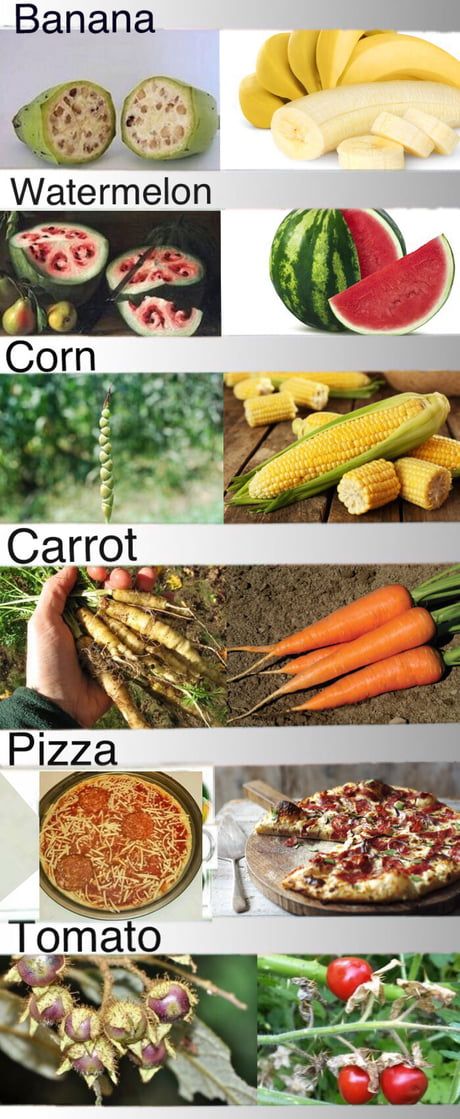 In fact, Mennella says there isn't a single flavor they have found that doesn't show up in utero. Her work has been published in the journal Pediatrics.
In fact, Mennella says there isn't a single flavor they have found that doesn't show up in utero. Her work has been published in the journal Pediatrics.
The Scent Of Amniotic Fluid
To determine if flavors are passed from the mother to the the baby via the amniotic fluid, researchers gave women garlic capsules or sugar capsules before taking a routine sample of their amniotic fluid — and then asked a panel of people to smell the samples.
"And it was easy," says Mennella. "They could pick out the samples easily from the women who ate garlic." The sense of taste is actually 90-percent smell, she added, so they knew just from the odor that the babies could taste it.
Mennella says she got the idea from dairy farmers, who in the 1960s and 70s were doing research on how the diet of the dairy cow impacted the flavor of the milk. She says cows that graze on wild garlic and onion, or who live in stinking barns, produce milk with distinct flavors.
But Mennella says that not only is the amniotic fluid and breast milk in humans flavored by food just like cows, but memories of these flavors are formed even before birth. That could result in preferences for these foods or odors for a lifetime. In other words, if you eat broccoli while you're pregnant, there's a much better chance your baby will like broccoli.
Mennella says this had already been observed in rabbits, so she decided to test it in human babies — with carrots. Pregnant women were divided into three groups. One group was asked to drink carrot juice every day during their pregnancy, another during breastfeeding and a third to avoid carrots completely. Then when the children began to eat solid food, researchers fed them cereal made either with water, or carrot juice and videotaped their responses.
Things like vanilla, carrot, garlic, anise, mint — these are some of the flavors that have been shown to be transmitted to amniotic fluid or mother's milk.
Julie Mennella, who studies taste in infants at the Monell Chemical Senses Center
Introducing Babies To Food Culture
"And just like the European rabbit, the babies who had experienced carrot in amniotic fluid or mother's milk ate more of the carrot-flavored cereal," says Mennella. "And when we analyzed the video tapes they made less negative faces while eating it."
"And when we analyzed the video tapes they made less negative faces while eating it."
This makes a lot of evolutionary sense, says Mennella. Since mothers tend to feed their children what they eat themselves, it is nature's way of introducing babies to the foods and flavors that they are likely to encounter in their family and their culture.
"Each individual baby is having their own unique experience, it's changing from hour to hour, from day to day, from month to month," says Mennella. "As a stimulus it's providing so much information to that baby about who they are as a family and what are the foods their family enjoys and appreciates."
That very idea got Matty Lau thinking 'how is it that kids in other cultures eat foods that are spicy, bitter, or have pungent flavors?' She's a Chinese-American who had a baby in late July and recalls growing up eating foods most American kids she knows would never touch.
"My parents are great cooks — and so they'll cook things like preserved oysters. I always wondered how it was that I was able to grow up eating bitter vegetables like kale and mustard greens and things like ginger," says Lau.
I always wondered how it was that I was able to grow up eating bitter vegetables like kale and mustard greens and things like ginger," says Lau.
Instilling A Love Of Chinese Flavors Before Birth
While she was pregnant, she consciously tried to provide her baby with the flavors she loves from her native Chinese cuisine. She the hopes that when her baby is older, it will share her love of flavorful food.
"I was really concerned that my child enjoy food as much as the rest of my family," says Lau.
University of Florida taste researcher Linda Bartoshuk says babies are born with very few hard and fast taste preferences. She says Mennella's work shows that very early exposures to flavors – both before and after birth — make it more likely that children will accept a wide variety of flavors. And when those early exposures are reinforced over a lifetime, Bartoshuk thinks they might have far-reaching implications, even promoting good eating.
"To what extent can we make a baby eat a healthier diet by exposing it to all the right flavors — broccoli, carrots, lima beans, et cetera? Could we do that or not? My guess is we could," says Bartoshuk.
Menella acknowledges that many toddlers will still make a sour face when given broccoli, no matter how much the mother ate while pregnant. And maybe they will never like it. But she says parents should keep exposing young children to these flavors because they can eventually learn to like them.
Sponsor Message
Become an NPR sponsor
Union of Pediatricians of Russia
Nutrition for children from 1 to 3 years of age
The period from 1 to 3 years of life is a crucial stage in the transition to an adult type of nutrition, which has certain features. In order to ensure that all the necessary nutrients enter the child's body and at the same time prevent an excess of individual nutrients, nutrition should be balanced and varied.
The daily amount of food for children aged 1 to 1.5 years should be 1000-1200 g, from 1.5 to 3 years - 1200-1500 g, the amount of food in one feeding should not exceed 300-350 ml. The diet consists of three main meals per day and two snacks.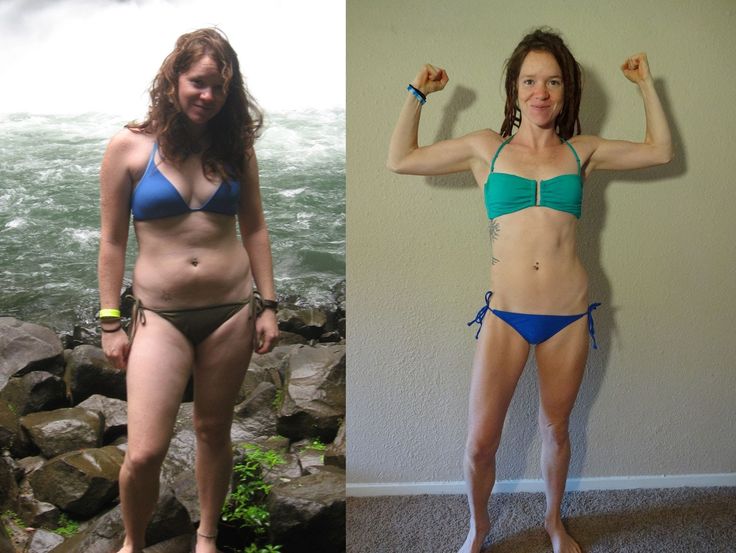 It is considered optimal when breakfast is 25% of the total energy density of the diet, lunch is 30–35%, dinner is 20%, and additional meals are about 10%. In general, the child can eat the same food as the rest of the family.
It is considered optimal when breakfast is 25% of the total energy density of the diet, lunch is 30–35%, dinner is 20%, and additional meals are about 10%. In general, the child can eat the same food as the rest of the family.
In the diet of a child of 1–3 years of age , must be present daily: meat of animals or poultry, dairy and sour-milk products, vegetables, fruits, bread, cereals, vegetable and butter; fish and eggs are included in the diet 2-3 times a week.
Cereal products: bread - 2-3 servings per day, cereals and side dishes - 1 time per day
Fruit and/or vegetables: at least 5 times a day
Dairy products: at least 3 servings per day (including those used to make cereals, yoghurts, fermented milk drinks, cottage cheese, infant formula or breast milk).
Domestic pediatricians recommend, when compiling a diet for children aged 1–3 years, preference should be given to specialized children's dairy products of industrial production that meet high quality requirements and safety indicators for this age. Most children's dairy products are additionally enriched with vitamins and/or minerals and other biologically active components, taking into account the physiological needs of children of this age. At the same time, in foreign recommendations, children over 1 year old are offered the gradual introduction of whole cow's milk, which is rich in fats necessary for proper growth and development, the absorption of vitamins A and D, the development of the brain and nervous system of the child.
Most children's dairy products are additionally enriched with vitamins and/or minerals and other biologically active components, taking into account the physiological needs of children of this age. At the same time, in foreign recommendations, children over 1 year old are offered the gradual introduction of whole cow's milk, which is rich in fats necessary for proper growth and development, the absorption of vitamins A and D, the development of the brain and nervous system of the child.
Meat dishes: 2-3 times a day
Fish dishes: 2-3 servings per week
Eggs: 2-3 per week
Dietary fats: 3-4 teaspoons of butter and/or vegetable oils per day
When cooking, use the minimum amount of salt and sugar, and do not add them to industrial products.
Offer your child a variety of foods and let them choose for themselves. Children love to eat on their own, so if possible, offer food that the child can eat with their hands.
It is important to remember that a baby can choke on pieces of food, so whatever you give your baby should be crushed or cut into small pieces that can be easily chewed.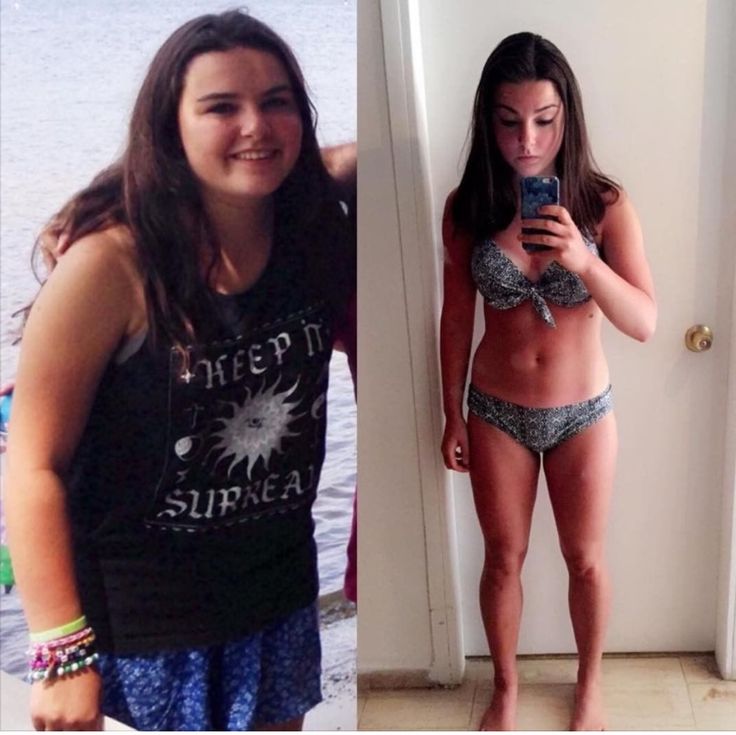
Do not give to a small child: nuts, whole grapes, cherry tomatoes (unless quartered), whole carrots, seeds (such as pumpkin or sunflower seeds), round candies, legumes, raisins, because a child can eat them choke.
Also in the diet of children of the first 3 years of life should not be present:
Mushrooms; canned snacks, pickled vegetables and fruits
Home canned food
Dry concentrates for side dishes
Hot sauces, mustard, horseradish, pepper, vinegar, mayonnaise
Natural coffee
Juices and drinks in the form of dry concentrates; sweet carbonated drinks
Products containing food additives (flavorings, dyes of artificial origin, including chewing gum), popcorn
Combined fats; cakes and pastries
It is important to remember that children of this age should not be given too spicy and spicy foods.
Child nutrition from 0 to 1.5 years
Child nutrition is one of the important issues that every mother faces. How long to breastfeed, where to start complementary foods, how to feed a one-year-old baby?
How long to breastfeed, where to start complementary foods, how to feed a one-year-old baby?
Ashikhmina Olga Vladimirovna, specialist of the room for raising a healthy child at the Children's Polyclinic No. 1, tells about the nutrition of a child aged 0 to 1.5 years.
Speaking about the nutrition of a child up to 1.5 years old, I would like to divide the topic into several parts: breastfeeding and complementary foods.
When it comes to breastfeeding, healthcare professionals today are doing their best to maintain and encourage breastfeeding (LF).
The WHO Declaration "Protect, Promote, Support Breastfeeding" proclaims 10 principles of breastfeeding.
10 principles of breastfeeding:
1. Strictly adhere to the established rules for breastfeeding and regularly communicate these rules to medical staff and women in labor.
2. Train medical staff in the necessary skills for breastfeeding.
3. Inform all pregnant women about the benefits and techniques of breastfeeding.
4. Help mothers initiate breastfeeding within the first half hour after delivery.
5. Show mothers how to breastfeed and how to maintain lactation, even if they are temporarily separated from their children.
6. Give newborns no food or drink other than breast milk, unless medically indicated.
7. Practice having the mother and newborn side by side in the same room around the clock.
8. Encourage breastfeeding on demand, not on schedule.
9. Do not give breastfeeding newborns any sedatives or devices that mimic the mother's breasts (nipples, etc.)
10. Encourage the establishment of breastfeeding support groups and refer mothers to these groups after discharge from the hospital or hospital.
Health workers are ready to help mothers with breastfeeding and child care from the birth of a baby. The patronage service, which visits newborns for examinations, actively advocates for the support of breastfeeding and is always ready to advise the mother on feeding the baby.
Experts advise to feed the baby not according to the schedule, but at the request of the baby. At first, feeding can be up to 10-12 times a day. After a month, the mother can switch to the regime - once every 3 hours, including feeding at night.
If the baby constantly requires the breast and eats for a long time, it is necessary to check whether the baby is properly attached to the breast. On this issue, a woman can always contact a pediatrician or a healthy child's office. The specialist weighs the baby before and after feeding and determines how much milk the baby receives and, if necessary, tells how to properly attach the baby to the breast.
What affects the amount of milk a mother has? One factor is nutrition. A nursing woman should eat a varied diet at least 6 times a day. Favorably, a nursing woman is influenced by walks in the fresh air, physical activity. And, of course, as far as possible, it is important for a nursing woman to protect herself from stress as much as possible. Stress negatively affects lactation.
How long should I breastfeed my baby? Breastfeeding, according to pediatricians and neonatologists, must be maintained in the first year of a baby's life. At the same time, it is important to understand that in addition to milk, the child needs other food, which will form the taste habits of the baby, develop social skills.
Complementary foods
From 4 to 6 months, it is necessary and necessary to introduce complementary foods into the baby's diet. Why from 4 to 6 months? This is the so-called window of tolerance.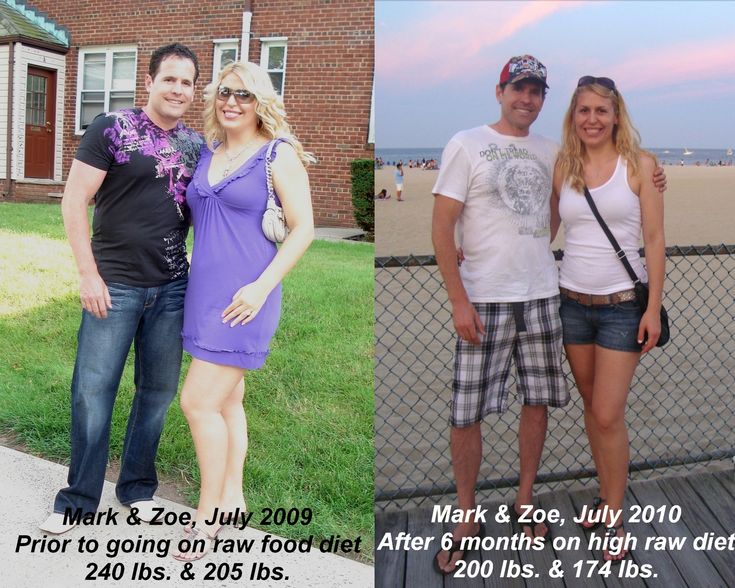 Products introduced into the diet during this period are well tolerated by young children.
Products introduced into the diet during this period are well tolerated by young children.
Complementary foods are given to the child in the morning before breastfeeding, sitting in the mother's arms, starting with 1 teaspoon. For 7 days, bring up to 100-150 g of the product. For a whole week we give the same product, constantly increasing its quantity.
Dishes for children of the first year of life are boiled in water or steamed, crushed with a blender and given to the child in liquid form, and salt, sugar and spices are not added.
If a child develops an allergy to a certain product, we cancel it and introduce another product after 2-3 days.
Complementary foods begin with the introduction of vegetables or cereals. Underweight children with unstable stools start with cereals. Porridges are not milk based, gluten free. Complementary foods are introduced from three cereals - buckwheat, rice, corn.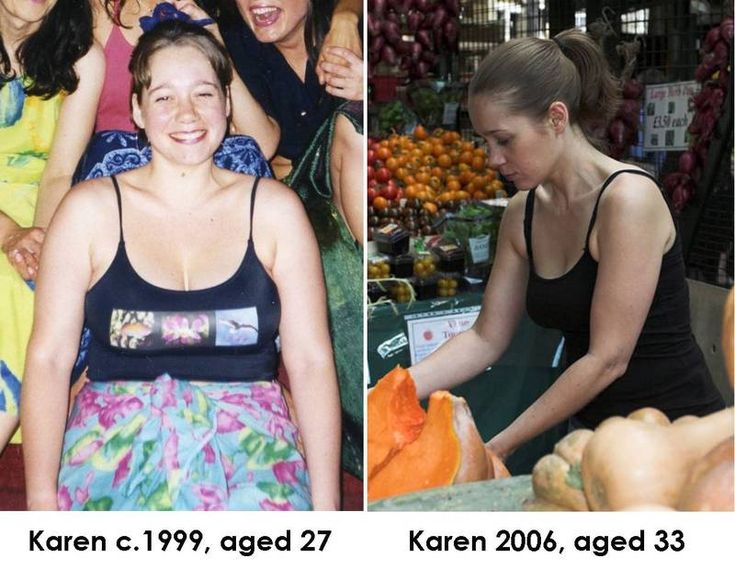
For overweight children with constipation, it is recommended to start complementary foods with vegetable purees. 3 weeks - 3 vegetable purees - from cauliflower, broccoli and zucchini.
Meat puree is introduced into the artsion from 6 months: first turkey and rabbit, then beef, chicken is introduced last.
Fruit puree is introduced from 6-6.5 months. Yolk from 7 months to ¼ boiled yolk, protein is not introduced at 1 year of age.
From 8 months old cottage cheese is added to the diet, from 8 months and 1 week - kefir, fish puree from 8 months and 2 weeks - lean fish is given instead of meat puree once a week.
Bread can be introduced into the diet from 8 months. Vegetable oil with vegetable puree, butter in porridge, 0.5 tsp each. into porridge.
Fruit juice can be introduced no earlier than 9-10 months.
It is important to introduce one new food per week to monitor the child's response to a particular food.
Do not introduce new products during professional vaccinations or when the baby is unwell.
From 8-9 months thicker food with small pieces can be included.
By the age of 1, breastfeeding continues, but only 2-3 times a day.
Nutrition from 1 to 1.5 years
Photo taken from ru.freepik.com
After 1 year, cheese can and should be introduced. Cottage cheese in such large quantities as before is not needed - 2-3 times a week is enough. Egg white is introduced into the diet 2-3 pieces per week.
At this age, we can start feeding our baby soups cooked in the second broth. We cook boneless meat, after boiling the broth is drained and filled with water. This broth can be given to a one-year-old child - it is less fat than the first.
At this age, the child can be given beets, cook borscht.
Closer to 1. 5 years, we introduce salads into the diet - cucumber and tomato, beets and carrots.
5 years, we introduce salads into the diet - cucumber and tomato, beets and carrots.
By the age of 1.5, a fairly varied diet and now we can make a daily menu for him - breakfast, lunch, afternoon tea and dinner.
I would like to note that complementary foods are a very important social component in a child's life. Complementary feeding is not only the introduction of food, it is teaching the child hygiene skills - we teach the baby to wash his hands before eating, sit on a chair at the table, hold a spoon on his own. For a toddler, these are important social skills that will come in handy later in kindergarten.
Daily ration for a child aged 12-18 months
If we talk about the child's daily menu for the day. At 1-1.5 years, the daily diet may look like this:
Breakfast:
- Milk porridge - 150 ml
- Fruit - 30 g
- Fruit tea - 120 ml
Lunch:
- Vegetable salad with herbs and vegetable oil - 40 ml
- Vegetable puree soup - 120 g
- Meat soufflé - 50 g
- Boiled potatoes - 50g
- Compote - 100 g
Snack:
- Sour milk drink - 120 ml
- Curd - 30 g
- Fruit - 120 ml
Dinner:
- Vegetable stew - 120 g
- Chicken cutlet - 70 g
- Bread - 30 g
- Water/herbal tea - 100 ml
Before bed:
Infant formula - 200 ml
The subject of nutrition and feeding of the baby is inexhaustible.